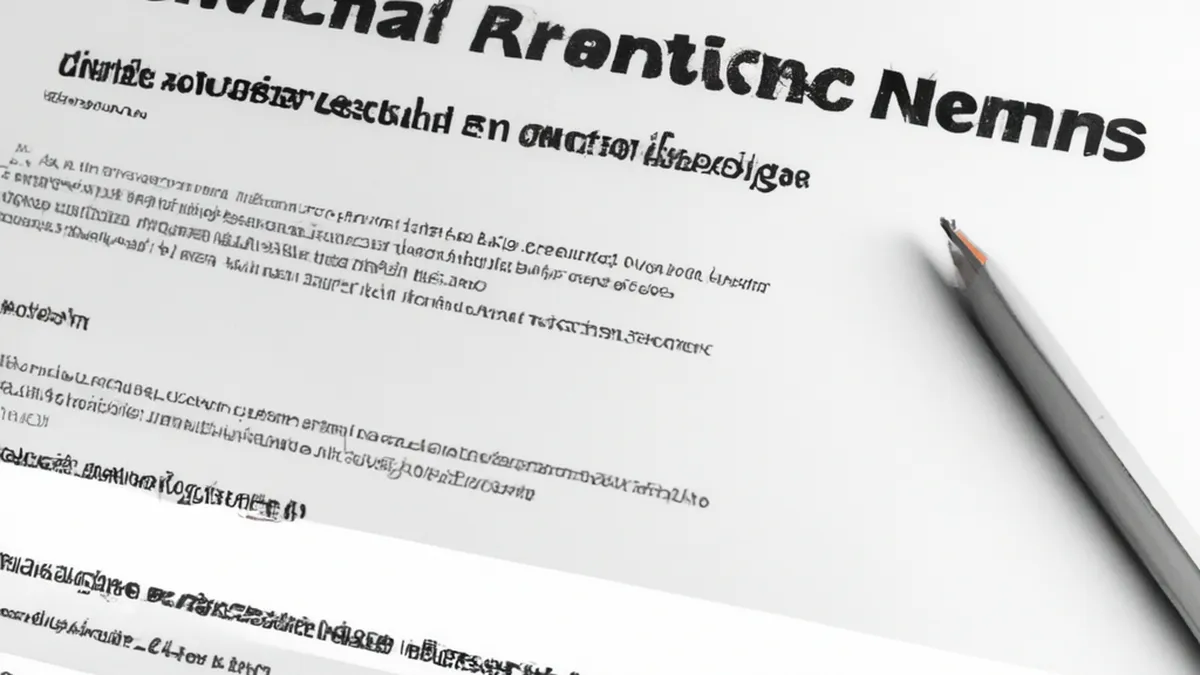Design Check-In Forms That Drive Results
Creating Check-In Forms for Marketing Campaign Reviews
Marketing teams must adapt quickly to succeed. Consumer behaviors and market dynamics change rapidly. Regularly assessing campaign performance is essential. Check-in forms facilitate these assessments effectively. They streamline feedback processes, allowing teams to gather insights and make informed decisions. This blog post offers tips for creating effective check-in forms and highlights their benefits.
Tips for Creating Effective Check-In Forms
Start your check-in form with clarity and purpose. Define your objectives before drafting questions. Determine what specific information you want to gather. Focus on performance metrics, team dynamics, or areas for improvement. Clear objectives help tailor your questions for relevant responses.
Use Open-Ended Questions
Open-ended questions promote deeper reflection. Instead of asking, “Did the campaign succeed?” ask, “What factors contributed to the campaign’s success or challenges?” This change invites nuanced feedback and reveals insights that simple yes or no answers might miss.
Examples of effective open-ended questions include:
– “What was the most successful aspect of this campaign, and why?”
– “What challenges did you encounter during the execution?”
– “How could we improve our approach in future campaigns?”
Incorporate Rating Scales
Use rating scales to gather quantitative data. Ask team members to rate the campaign’s effectiveness on a scale from one to five. One means “not effective at all,” and five means “extremely effective.” This method visually represents team sentiments and helps identify trends.
Mix qualitative and quantitative questions for a richer dataset. Apply rating scales to specific campaign aspects like creativity, audience engagement, and budget adherence.
Limit the Length
Keep your check-in forms concise. Aim for a completion time of no longer than ten minutes. Limit the number of questions to avoid overwhelming respondents and encourage thoughtful answers. Focus on critical campaign aspects to gather insights without burdening your team.
Use Clear and Simple Language
Use straightforward language when drafting questions. Avoid jargon to ensure all team members can understand and engage easily. Clear wording minimizes misinterpretations and provides more accurate feedback.
Best Practices for Implementing Check-In Forms
Effective implementation of your check-in form ensures success. Share the form regularly—after each campaign or quarterly. Consistency builds habit and encourages participation, making feedback a routine part of your team’s process.
Conclusion
In summary, effective check-in forms enhance feedback collection, provide valuable insights, and support informed decision-making for marketing campaigns.
Below are related products based on this post:
FAQ
What are the main benefits of using check-in forms for marketing campaigns?
Check-in forms enhance feedback collection, provide valuable insights, and support informed decision-making for marketing campaigns. They streamline the feedback process, allowing teams to gather insights quickly and efficiently, which is essential in adapting to changing consumer behaviors and market dynamics.
How can I create effective check-in forms?
To create effective check-in forms, start with clear objectives, use a mix of open-ended and rating scale questions, limit the length to encourage thoughtful responses, and use clear, straightforward language. This approach ensures that you gather relevant and actionable feedback without overwhelming your team.
How often should I share check-in forms with my team?
It’s recommended to share check-in forms regularly, such as after each campaign or quarterly. Consistency in sharing the forms helps build the habit of providing feedback and encourages team participation, making it a routine part of your marketing process.















Post Comment